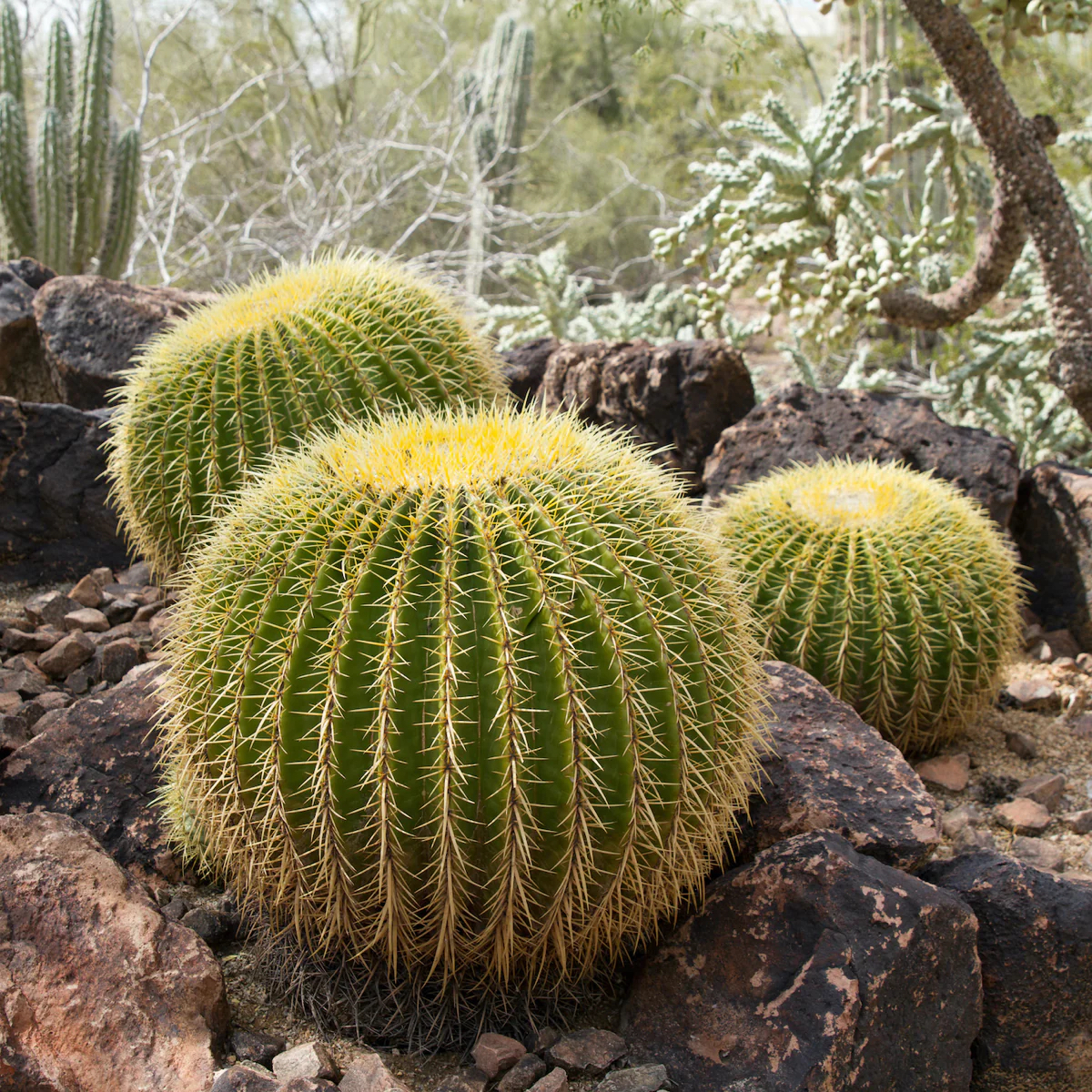Welcome to the world of xeriscaping in Las Vegas, where the beauty of desert landscaping meets a crucial need for water conservation. In the wake of the upcoming 2027 grass ban in Southern Nevada, xeriscaping has become more than just a landscaping trend; it’s a necessary shift towards sustainability.
The 2027 Grass Ban and Its Implications
In 2027, Southern Nevada will witness a significant change in landscaping practices with the enforcement of a grass ban. This law is targeted at non-functional turf — ornamental grass commonly found in office parks, street medians, and housing developments that require irrigation but offer no recreational or environmental benefits. This move aims to address the increasing water scarcity and mitigate the impact of climate change by conserving water. Notably, this ban doesn’t apply to lawns at single-family homes or parks but targets areas that contribute little to the community’s recreational or environmental needs.
Why Xeriscaping is the Future
Xeriscaping, an innovative approach to landscaping in arid environments, focuses on water efficiency. This method involves using drought-resistant plants, efficient irrigation systems, and landscaping techniques to minimize water use. In a city like Las Vegas, where the Colorado River is a primary water source and is experiencing alarming reductions in water levels, xeriscaping is not just a choice; it’s a necessity.
A New Aesthetic: Xeriscaping in Las Vegas
Xeriscaping in Las Vegas isn’t about compromising beauty for sustainability. It’s about reimagining our outdoor spaces with a blend of aesthetics and ecology. This approach includes choosing plants native to the desert environment, such as canopy trees, cacti, and flowering bushes. These plants, apart from needing significantly less water than grass, offer benefits like mitigating urban heat-island effects and enhancing groundwater recharge.
Transforming Spaces Responsibly
The transition to xeriscaping is a journey towards creating landscapes that are both visually appealing and environmentally responsible. It’s about embracing a new aesthetic that aligns with our region’s natural conditions and conserves vital resources. The Southern Nevada Water Authority (SNWA) estimates that replacing non-functional turf can save approximately 40 liters (11 gallons) of water per person per day in a service area with over 2 million people. This shift is not only about adhering to legal requirements but also about participating in a broader movement for sustainable living.
Adapting to the New Normal
As we approach 2027, homeowners and businesses in Las Vegas are encouraged to rethink their landscaping choices. Xeriscaping offers a practical and beautiful alternative to traditional grassy lawns, reducing water consumption and helping conserve our precious water reserves. With the ban coming into effect, it’s time to embrace this change and lead the way in responsible and sustainable landscaping practices.
Creating Your Xeriscape Garden
Embarking on your xeriscape project means adopting new landscaping methods that resonate with our city’s unique climate. Consider consulting with professional landscapers who specialize in desert environments to create a garden that is not only compliant with the new regulations but also a reflection of your personal style and commitment to sustainability.
Embracing Change for a Sustainable Future
The 2027 grass ban in Southern Nevada is a wake-up call for all of us to take proactive steps in conserving water. By embracing xeriscaping, we’re not just complying with regulations; we’re actively contributing to a sustainable future. Let’s work together to transform Las Vegas into a model city for water conservation and sustainable living.
In conclusion, xeriscaping in Las Vegas is more than just adapting to a new law; it’s about being part of a critical movement towards sustainability. As we gear up for the 2027 grass ban, let’s embrace this opportunity to innovate, conserve, and create beautiful, water-wise landscapes that set a standard for future generations.

